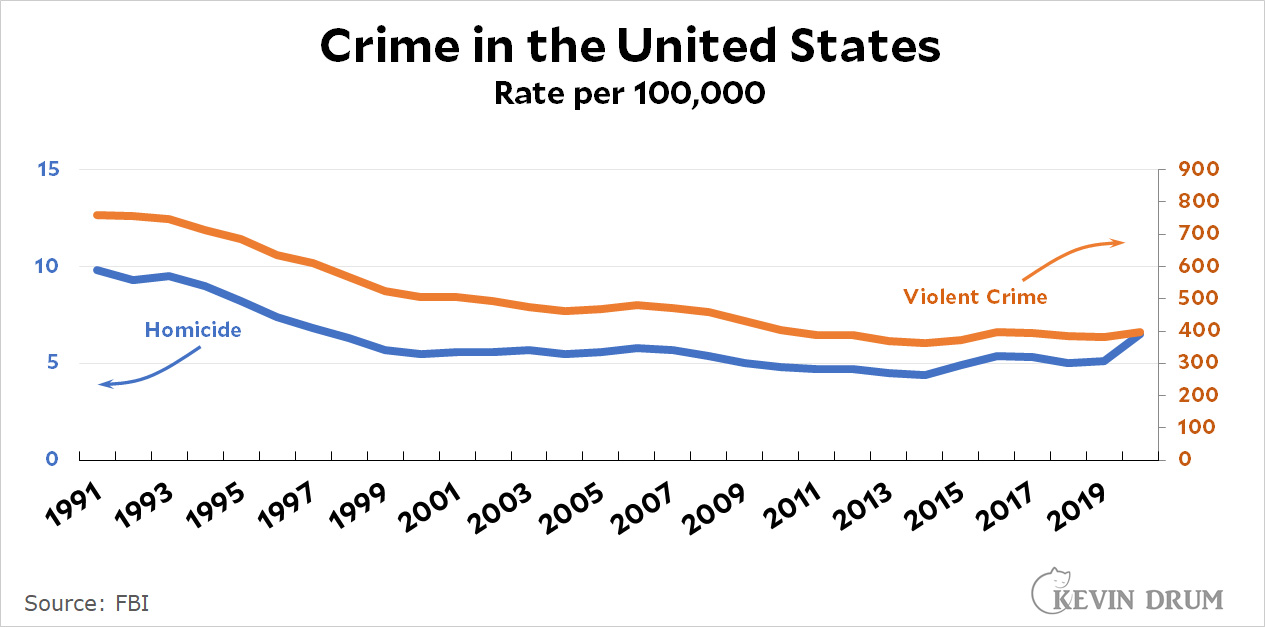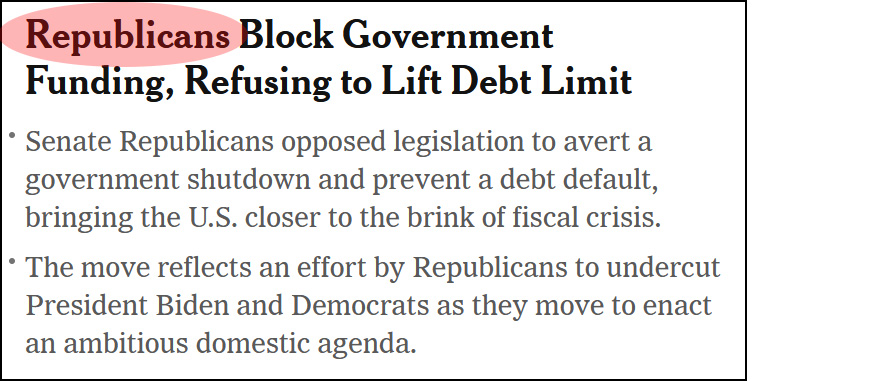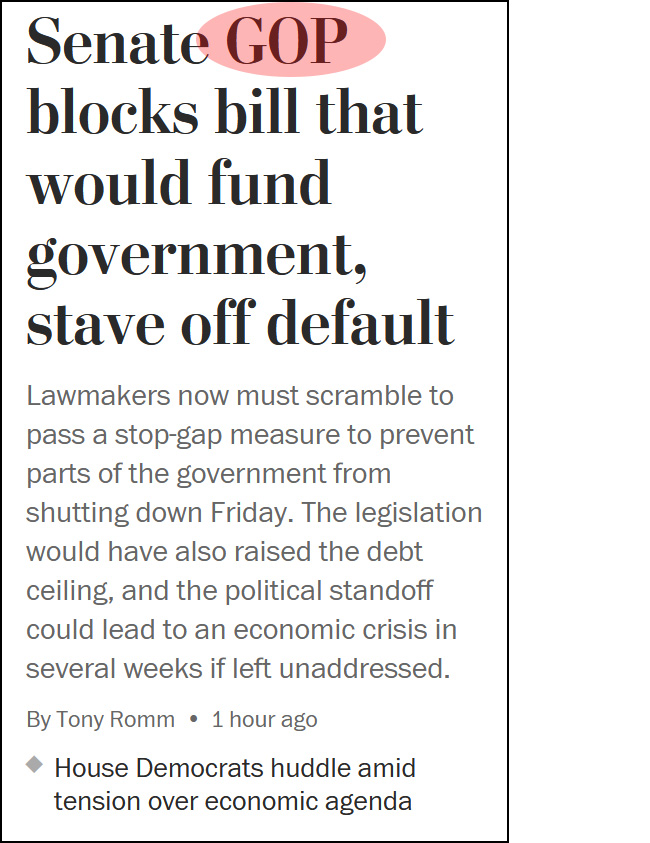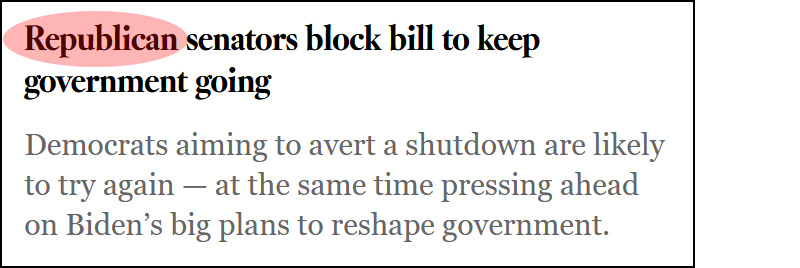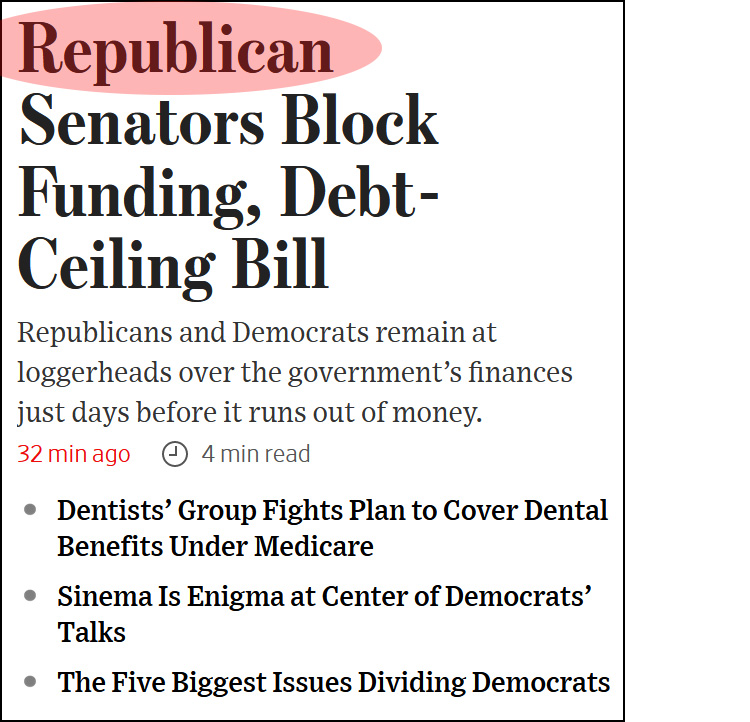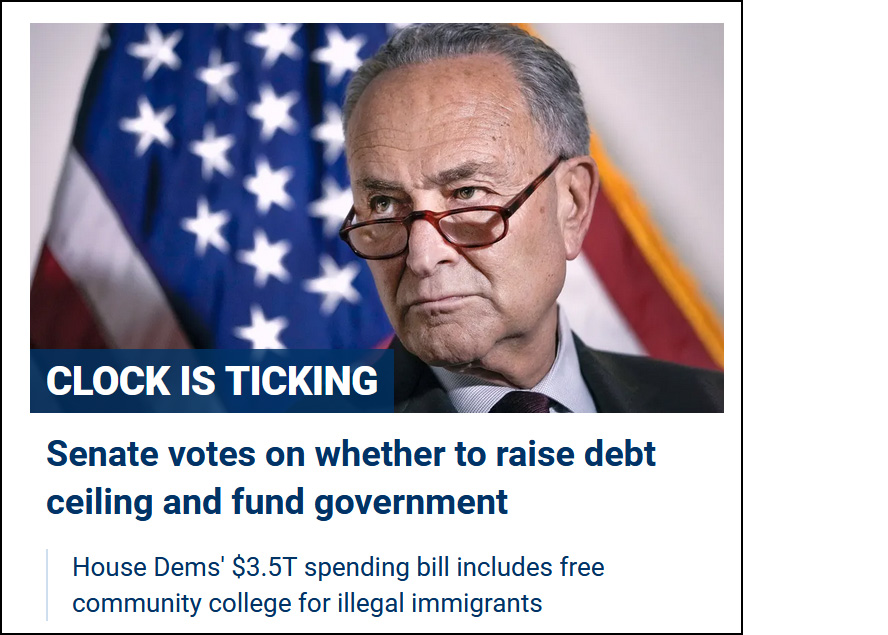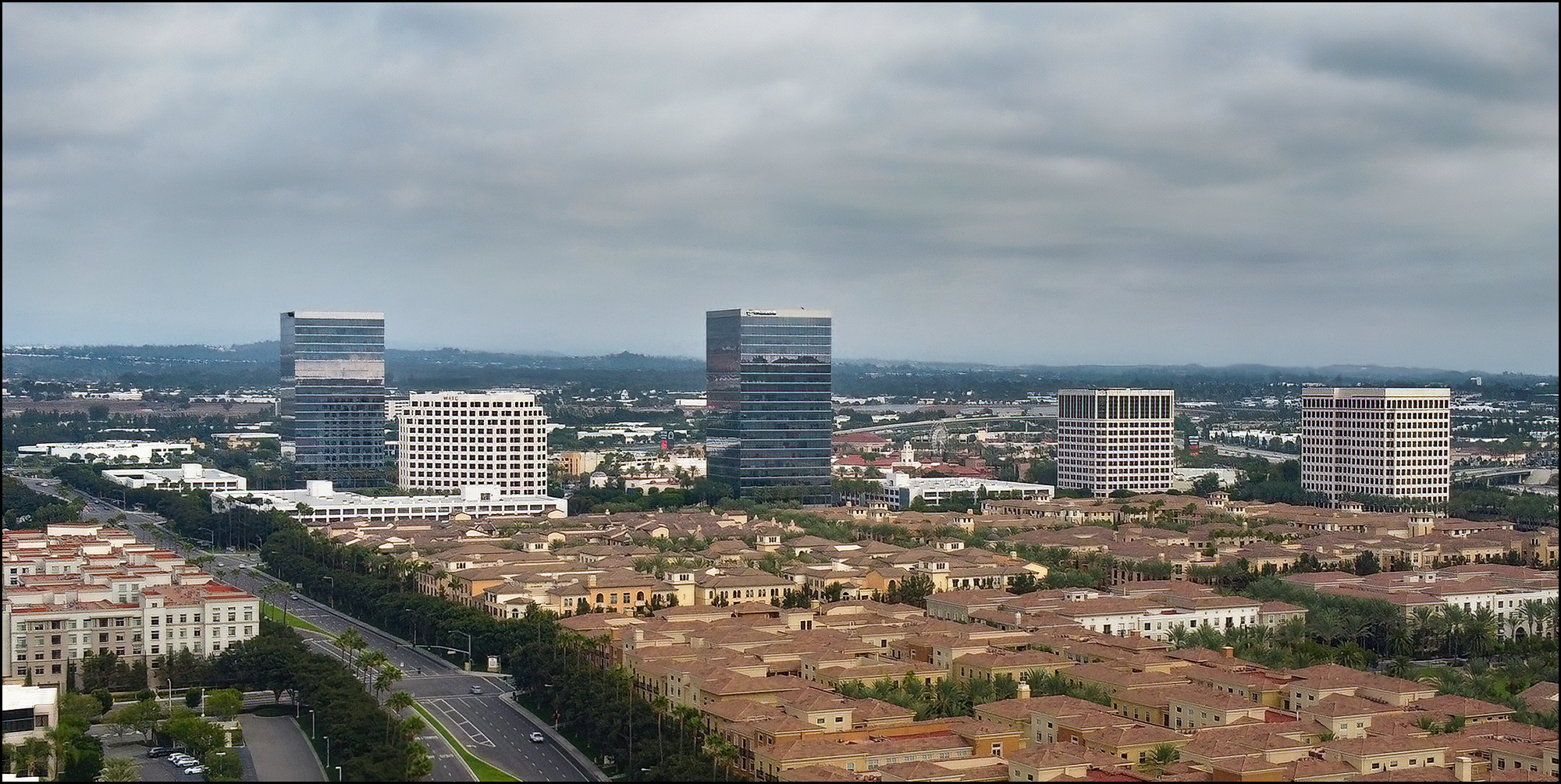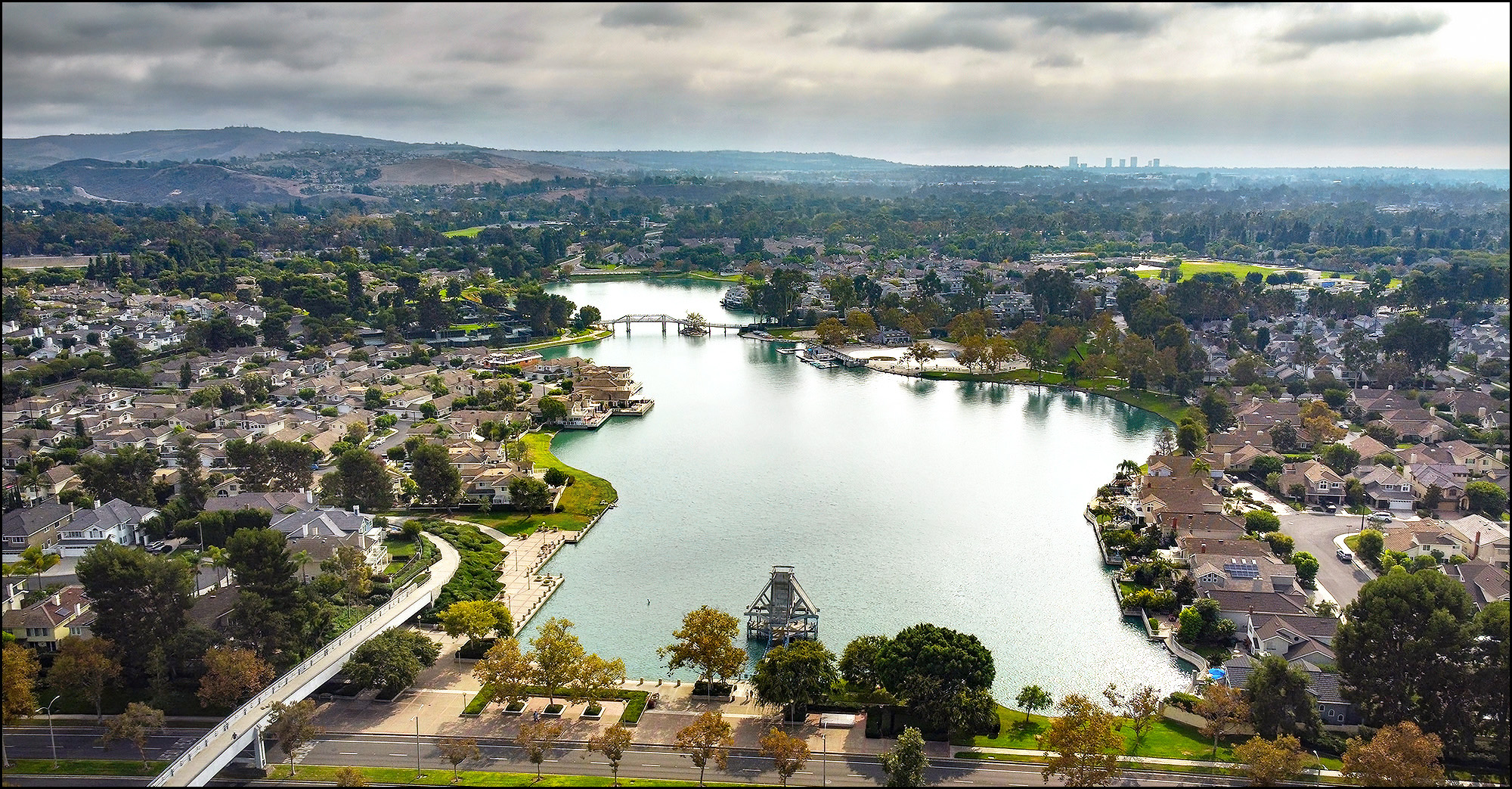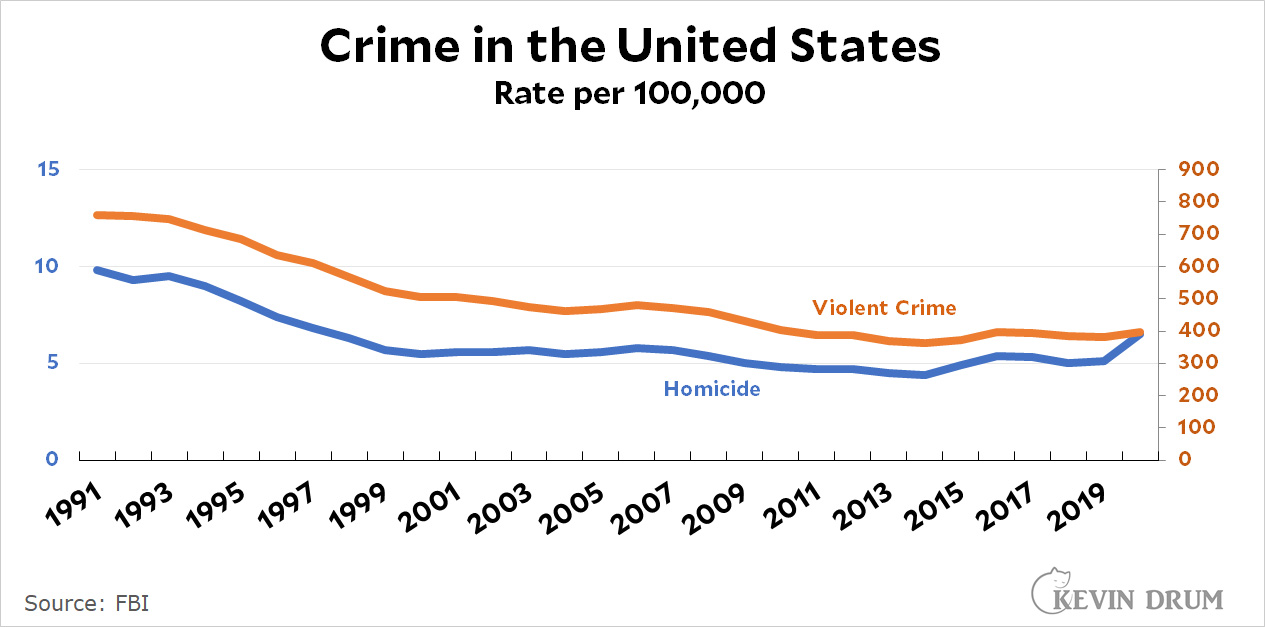A couple of days ago I wrote that Democrats have done little to help the middle class over the past few decades. The poor? Yes. The elderly? Yes. The disabled? Yes. But the middle class has been largely left out.
To illustrate this I listed the seven major programs in the $3.5 trillion omnibus spending bill. This provoked some questions on Twitter that deserve an answer. To refresh your memory, here are those programs:
- Funds various climate initiatives.
- Adds dental, hearing, and vision benefits to Medicare.
- Makes the increased child tax credit permanent.
- Provides two years of free community college.
- Provides funding for long-term care done at home.
- Provides universal pre-K for 3- and 4-year-olds.
- Makes the increased Obamacare subsidies from January's coronavirus bill permanent.
How does the middle class make out in each of these? Let me make clear that I'm talking about concrete benefits that a middle-class voter would immediately recognize. Not "that would benefit the economy and eventually be good for the middle class." So let's go through them.
- Funds various climate initiatives. Nothing for the middle class.
- Adds dental, hearing, and vision benefits to Medicare. Nothing for the middle class.
- Makes the increased child tax credit permanent. This one is tricky. Ready? The CTC has been around for a while, bobbing up and down over the years. Before 2021 it was set at $2,000 per child, which means the Biden CTC expansion is not worth $3,000/$3,600 per child, but $1,000/$1,600.
..
But wait! There's more. The pre-2021 CTC provides nothing at very low incomes and slowly increases, so it's not very generous to the poor. The Biden expansion makes it fully available at all incomes, which means the bulk of the benefit goes to the poor. A middle-class family is likely to see an increase of only $100 per month or so.
- Provides two years of free community college. The provision creates a federal-state partnership grant to eliminate the cost of tuition. In other words, the money goes to community colleges, not to people. Also, its main effect is to allow students greater choice in which school to attend, since local community colleges tend to be nearly tuition free already.
- Provides funding for long-term care done at home. The middle class likes this as an idea, but the Biden plan is a state partnership that boosts pay for home health workers and reduces the waiting list for home care. In other words, it mostly benefits the poor and tops up state Medicaid coffers.
- Provides universal pre-K for 3- and 4-year-olds. This is genuinely a middle-class program, though it helps the poor even more.
- Makes the increased Obamacare subsidies from January's coronavirus bill permanent. In its original form, Obamacare subsidies ended at about $80,000 for a family of three. In reality, though, the subsidies declined so fast with income that they were negligible for families making more than about $65,000. It was mainly a program for the poor and working class.
..
However, Obamacare did raise the cost of individual premiums by thousands of dollars, thanks to its regulations that required insurers to provide more comprehensive coverage. As a result, middle-class families found themselves paying more for coverage but getting no subsidies. Obamacare was essentially anti-middle class.
..
The increased subsidies in the spending bill would help the poor a bit, but mainly they help the middle class. Subsidies would be available at much higher incomes, and no one would have to pay more than 8.5% of their income for coverage. This is a huge deal for the middle class.
In the end, two of the programs are aimed at the middle class in a significant way, with a couple of others providing modest benefits that are largely hidden. In other words, it's not that the omnibus bill literally ignores the middle class so much as it provides limited benefits and does so in a form that hides even those. And Obamacare expansion, which is clearly the biggest middle-class program, appears to have very little support in the Democratic caucus.
It's worth saying a bit more on this subject. First off is presentation. It's not enough just to do something that benefits the middle class. It needs to be visible. That could mean clear dollar amounts that are obvious to everyone. Or it could simply mean a card. For example, in addition to Medicare cards, Biden could issue "Long Term Care" cards that make it clear you qualify for a new benefit. Don't scoff at this: politically, new benefits only work if people know they're getting them. And most people don't pay enough attention to the news to know they're getting something unless you make it absolutely clear. Remember all those folks who never realized that TennCare or KentuckyCare were actually Obamacare?
Second, any benefit that works through the tax code is problematic, and not just because it obscures the source of the benefit. The problem for Democrats is that Republicans own tax cuts as an issue. Any time you provide some kind of tax cut or tax refund, you're fundamentally playing in the Republican sandbox and you're unlikely to get full credit for it.
Third, there are other ways of making economic appeals to the middle class. Republicans use tax cuts, and Donald Trump added revenge against China to the list. This worked even though (a) job losses to China happened in the aughts and haven't been much of a factor since, and (b) Trump's tariffs were largely a hidden tax on the middle class.
Finally, I have to acknowledge that Democrats don't actually have a lot of options here. Ideally they should be united around big programs that help the middle class, but there aren't many to choose from. Universal health care is the only big-ticket item left, along with a few medium-size programs like childcare and long-term care. This makes things harder. On the other hand, Republicans have a similar problem: decades of tax cuts have reduced middle-class income taxes nearly to zero, so there's not a lot more they can do on that front.
That said, politics is always messy. There are still things Democrats can do for the middle class, but it's critical that they be both sizeable and visible. Obamacare expansion is a good place to start.
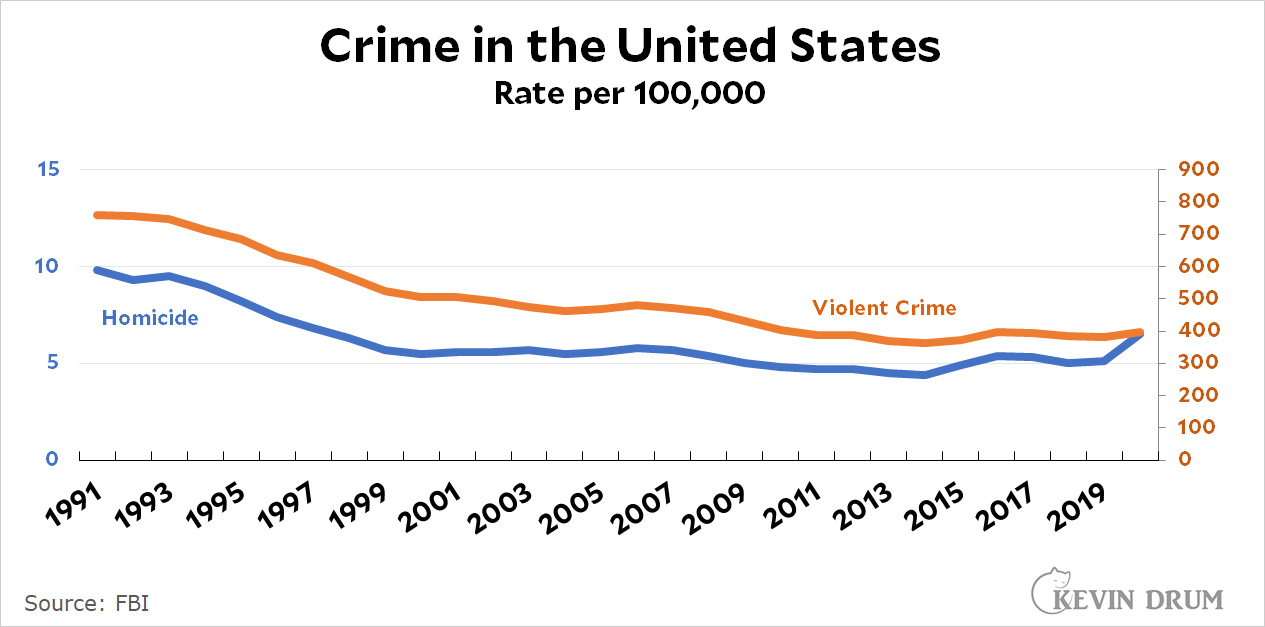
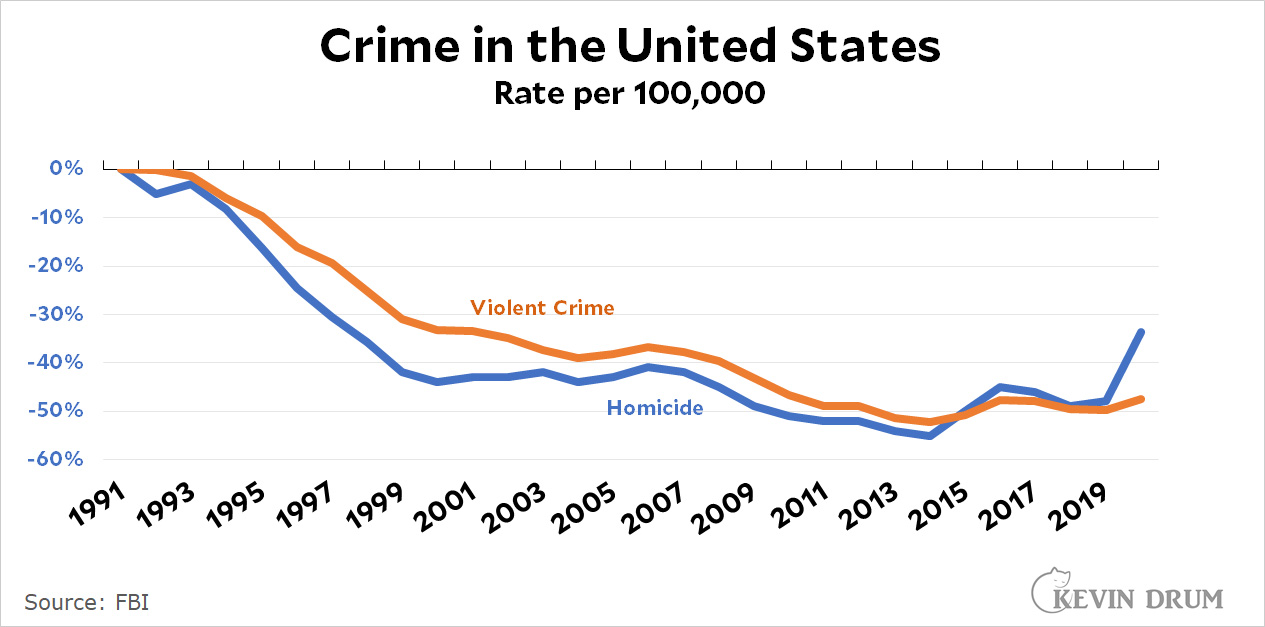 The obvious problem with this is that you lose the absolute numbers, which are often handy to have. But perhaps you gain clarity?
The obvious problem with this is that you lose the absolute numbers, which are often handy to have. But perhaps you gain clarity?